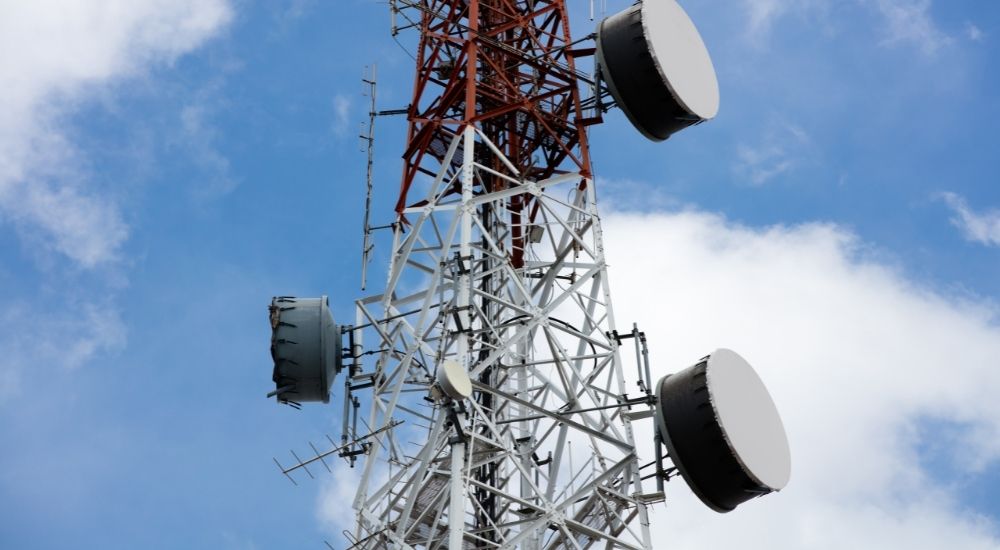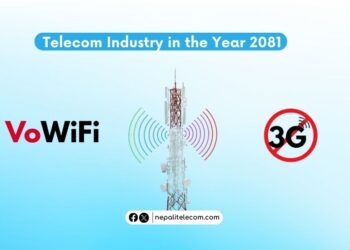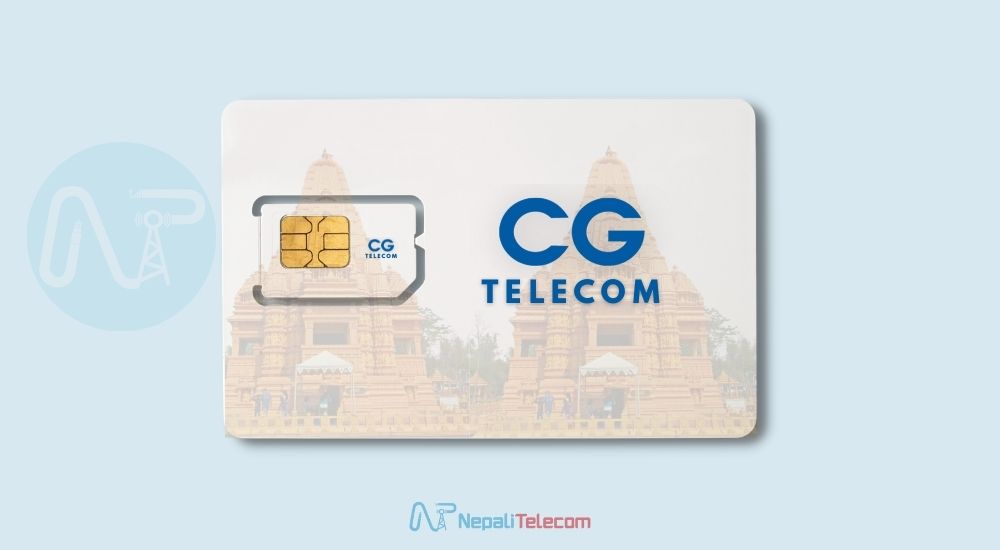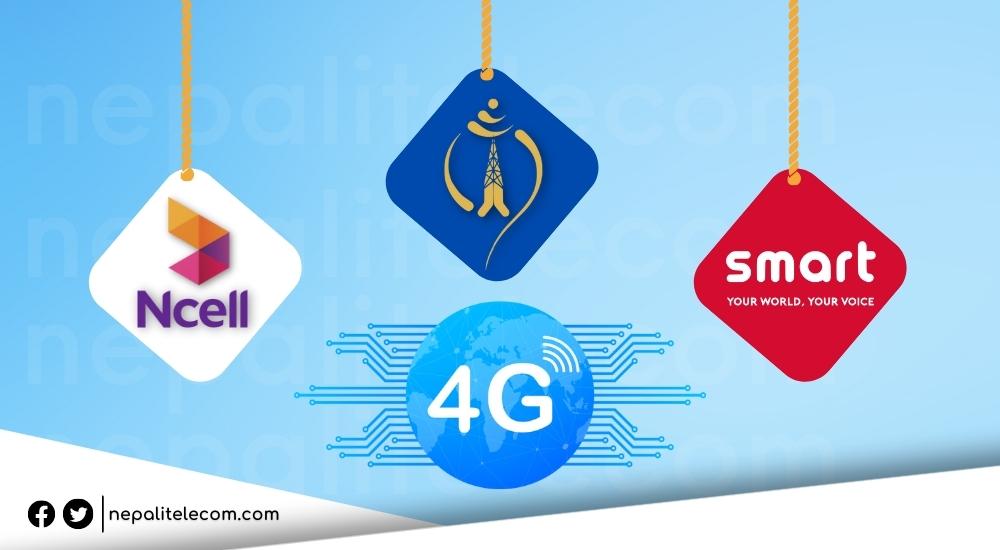As we are set to enter 2080 BS (Bikram Sambat: Official Calendar here in Nepal), we have listed the major telecom highlights in Nepal and around the world in the year 2079 BS. This is another eventful year for telecommunication in Nepal. It finally saw the start of the 5G trial, VoLTE use grew, eSIM technology was introduced, while MDMS implementation couldn’t go through. In this post today, we discuss the major development of the year 2079 in the telecom sector in Nepal.
And since we are covering technology, the post also includes major telecom achievements that took place around the world in recent months. Keep following:
Major Telecom Highlights Of 2079:
As the 5G network is going widespread in 150 countries with 519 networks, 5G subscribers have recently crossed the 1 billion mark as per GSA. Similarly, the development of mobile networks is currently focused on 5G advanced or 5.5G technology and 6G is still in the womb, at least from the network requirement viewpoint.
5G trial kicks off
While the World is moving ahead in rolling out 5G network, we were stuck with the trial which at least got initiated, though in internal tests. The start of the 5G trial is one of the major telecom highlights in 2079 BS in Nepal. Nepal Telecom (Ntc) finally switched on its ultra-high-speed cellular network after months of talks, planning, and frustrating delays. Currently, the telco has kept the trial internal attributing it to the insufficient number of 5G handsets. So, the public can expect to test the elusive network in the next few months. The operator is in plans to start the trial in Pokhara and Birgunj before initiating the same in all seven provinces. Do read: After Kathmandu, Ntc to start the 5G trial in Pokhara and Birgunj
Ncell, the privately-owned operator also geared up for its 5G network. The telco’s CEO said that Ncell is ready to start the trial but its ambitions are delayed only due to not getting approval from the regular Nta. However, the Axiata-owned company is expected to get the nod somewhere in this fiscal year 2079/80. The start of the 5G trial is perhaps the year’s biggest achievement and the frustration too!
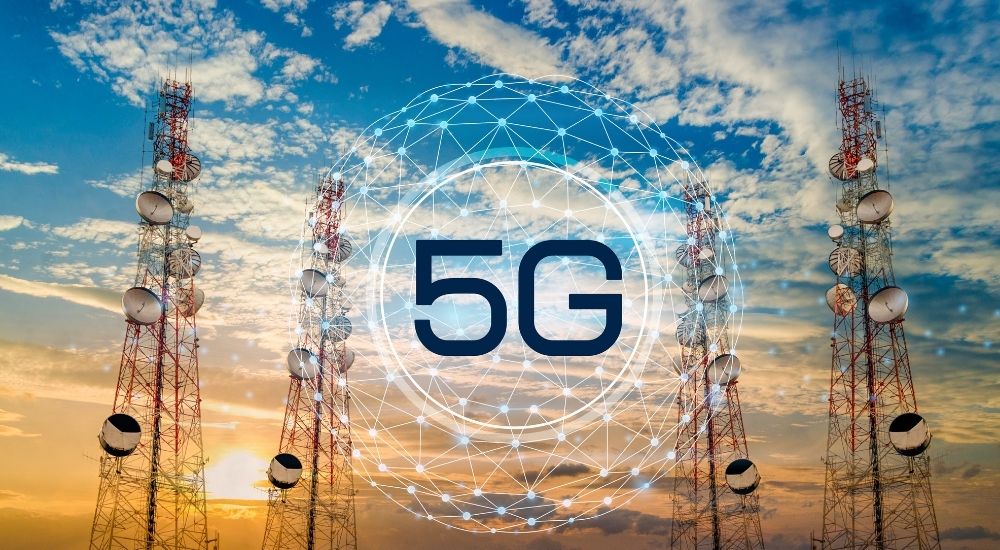
4G expansion continues
With operators ever stamping their 4G expansion across more regions across the country, more people are now able to reap the benefit of the first true benefit of the fourth-generation mobile broadband internet. Ntc, the state telco leading the front for extending the 4G coverage has taken its high-speed network to 98% local levels which also gives a positive insight into the growing connected Nepal.
Ncell likewise, has been another companion to guide Nepal into the digital world thanks to its high-speed 4G network. The company was awarded the fastest network in Nepal by Ookla back in September. Both have been key to promoting cellular connectivity and mobile broadband in Nepal.
Fiber internet and 4G users in numbers
The fourth-generation mobile network 4G was launched in 2017 in Nepal and continues to expand. As stated above, both Ntc and Ncell have furthered their mobile services in various parts of the country including remote areas. The network succeeded 3G and remains popular for its ability to deliver a combination of coverage and speed. As per the NTA report, there are over 1.91 crores of 4G users in Nepal. The growth of mobile banking, digital wallets, and the digital economy owes a major credit to the flourishing of 4G mobile broadband.
Similarly, fiber internet remains hugely popular for home and office WiFi connectivity. In the recent past, people mostly used the ADSL service of Ntc, but nowadays, fiber internet has become the norm. As per the same NTA report, there are 24.39 lakh unique fiber internet subscribers. Due to the lowering costs of internet plans, and the introduction of XGS-PON by others ISPs, more users are attracted to having an ISP’s internet package and this number will continue to grow as the internet becomes more relevant in daily lives.
Do read:
- 4G Users Grew By 6 Lakh in a Single Month, Total Base Crosses 1.91 Crore
- Fiber internet user continues to inspire new records, user base reaches 24.39 million
VoLTE subscription grows
Voice over LTE or shortly VoLTE became more popular this year. The service unlocks the ability to make calls over the 4G network which provides HD voice. The call tariffs are similar to normal calls so more users became its subscribers this year. Both Ntc and Ncell have launched VoLTE services. Those with 4G SIM cards of either operator can use the service wherever the 4G network is available. Remember that VoLTE needs 4G-compatible SIM, smartphone, and activation on the device.
Similarly, Nepal Telecom announced to have testing VoWiFi service in Nepal, which will take time to reach the masses.
Check out:
- Nepal Telecom Commercially Launches VoLTE | Process to Activate
- Ncell VoLTE is Now Commercially Launched | How to Activate
eSIM launched in Nepal
In 2079 BS, eSIM was introduced and became commercial—a technology in which a SIM profile is digitally recognized instead of through a physical plastic-made card. Like VoLTE, both Ntc and Ncell have commercially introduced eSIM service. As per the data, over 29000 subscribers have activated eSIM on their devices. The service is also gaining popularity with Ncell. Together, both telcos have helped make a technology leap in mobile technology in Nepal.
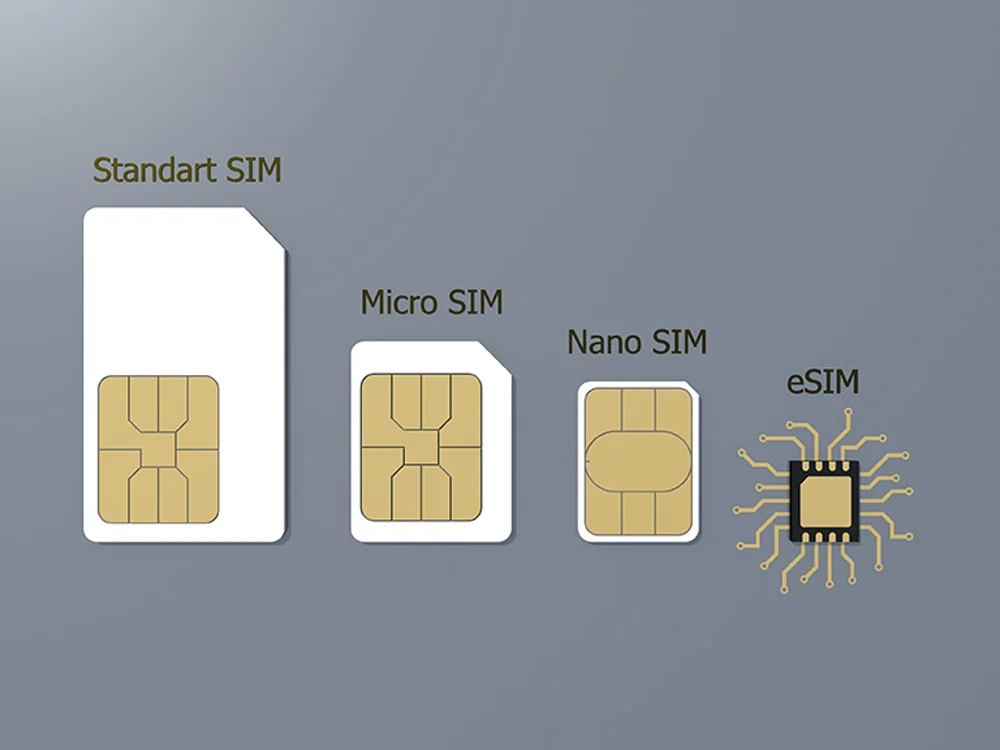
But its proliferation is currently handicapped by the lack of supported devices. The technology is only compatible with flagship devices but it’s likely that midrange devices will feature it in the near future.
In detail:
- Ncell eSIM Launched, How to Activate it on Your Smartphone
- Ntc launches eSIM Nationwide | Learn how to activate?
Smart Cell’s Network Goes Down
Smart Cell’s financial struggle is well documented and seems like it has taken a toll on its daily operation. As per reports, and user complaints, (which we have included in this post) the company has called it quits on many parts of areas where it previously operated. Users from Pokhara, Jankapur, and even some in Kathmandu are complaining that Smart has pulled its services without notice.
The telco its part maintained that it was due to maintenance works but as the network has been out for months, it’s highly likely that the company has quietly been preparing for the closure of its services. The telco is on the verge of losing its unified license this Baisakh 02, 2080 due to its failure to settle Rs 30 billion of arrears. In the meantime, the regulator has told Smart to continue its services until it has the license.
Read more here: NTA Tells Smart Cell to Continue Its Service After Network Outage Grows
Bye Bye to WiMAX, CDMA Next
This year also saw the end of Ntc’s poorly received WiMAX (Worldwide Interoperability for Microwave Access) broadband service. The company launched it to provide high-quality internet service in remote areas but with telcos prioritizing 4G expansion, WiMAX continued to become a liability. Users have been migrated to 4G services after the discontinuation of the wireless internet service. Ntc is now mulling over handling the WiMAX spectrum 2300 MHz to NTA.
Similarly, another telecom service to fall prey is CDMA (sky phone and C-phone) as the phase-out plan is set to complete by 2079/80. GSM technology has become the most popular mobile technology which is why older technologies are becoming obsolete. The service was introduced to make it useful in remote areas but GSM and fiber internet has outperformed the once-vital technology in the present day. Read this: Ntc to discontinue CDMA service
Declining revenues for operators
With the year 2079, telcos have witnessed yet another slide in their business. This year didn’t prove to be ideal for operators in terms of profit generation. Both Ntc and Ncell’s financial health are not up to their expectations as the numbers showed declined revenue. The lessening use of voice service, lower price of the internet, use of Instant Messaging apps, and other factors contributed to the lack of earnings for the operators.
In more detail:
- Nepal Telecom earns 4 billion profit | Revenue declines in the second quarter of FY 2079/80
- Ncell revenue declines in FY 2022, generates Rs 9.61 billion in the fourth quarter of 2022, data contribution grows
MDMS launch halted again!
The idea of the MDMS launch continues to be a subject of debate. The mobile security system was supposed to go live on Poush 15, 2079, however, was canceled after a directive from Prime Minister Pushpa Kamal Dahal “Prachanda” after it emerged that the government planned to charge tax on homebound Nepalese if they carried over two mobile handsets. The much talked about and debated mobile security system continues to suffer from being inactive even after all the preparations are in place. Find more here: MDMS implementation halted after a PM directive, restriction lifted for now
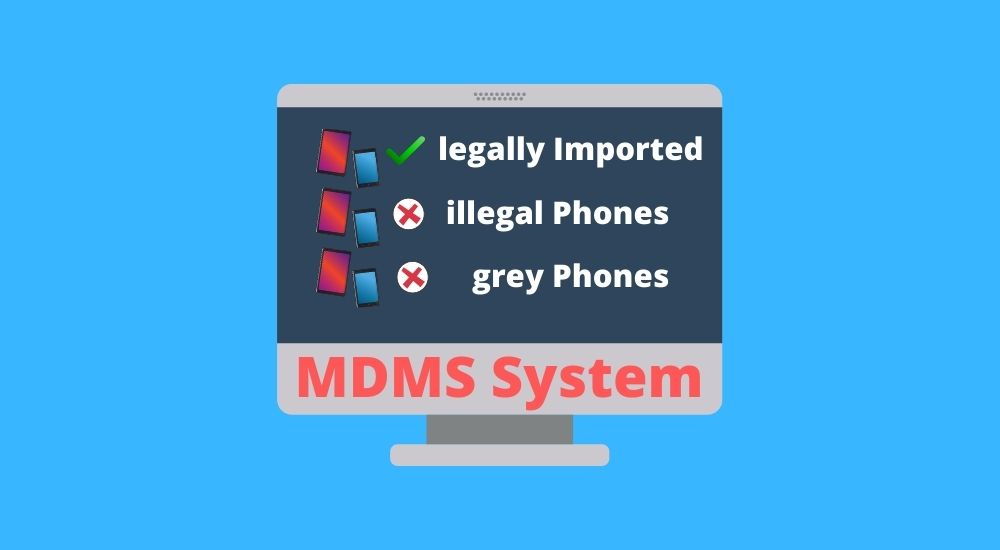
The system has been in beta-operation for months but to little effect. The idea has been to monitor mobile devices, register them and minimize theft and misuse while also helping the government earn its revenues but not having its full implementation means the grey phone market is still wide open. Still, there is no fixed time frame for its official launch.
Smartphone access milestone
As per the data by the Central Bureau of Statistics from the National Census 2078, internet access has reached 37.8% (over 25 lakhs) in Nepal while smartphone usage grew to 73%. Among the regions, 45.7% percent municipalities and 21.5% of rural municipalities have been found to have broadband internet access. The increase in internet access is complemented by the increasing availability of smartphones. The same report showed that only 17 lakh Nepalese don’t have a phone.
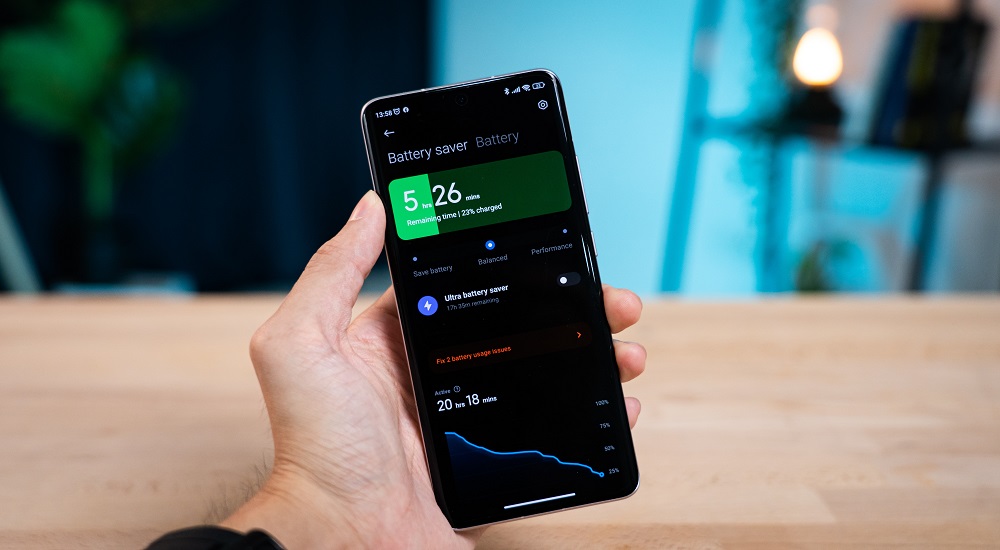
Compensation for poor Internet service
The customers will receive compensation for poor internet service. The Bylaw Regarding Telecom Service Quality 2079 set to take effect from Baisakh 01, 2080 made provisions that hold that if a demand is made for poor telecom and internet service, service providers must be held accountable and compensation be paid to the customers. In the case of ISPs, they shall also extend the time of service if their network goes out in an unspecified time.
Don’t miss: Internet technologies in Nepal
Satellite connectivity development for smartphones
This year Samsung and Qualcomm unveiled their satellite technologies for smartphones. Among the two, Samsung launched 5G Non-Terrestrial Network (NTN) technology that allows users two-way connectivity between smartphone and satellite. Using the smartphone, users can exchange text and calls and also data in the absence of a regular cellular network. The South Korean tech giant intends to use the technology on its Exynos modems.
Similarly, US-based semiconductor Qualcomm introduced the world’s first two-way capable messaging solution which will roll out to premium smartphones. The feature will come to the devices that are powered by Snapdragon 8 Gen 2 Mobile Platform.
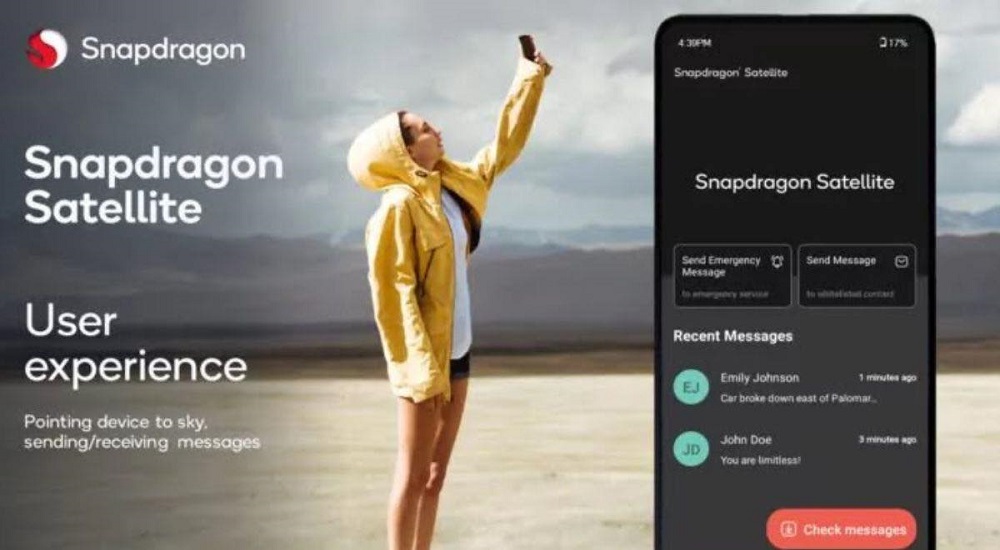
Besides, Apple has launched iPhone 14 with an emergency SOS feature that lets users send a text message over a satellite network. It is especially useful during a disaster situation where messages can be sent if there is no mobile network available.
New Namaste WiFi Packages Announced
Government-owned operator Nepal Telecom (NTC) announced new packages for its Namaste WiFi service. The telco launched the service for areas where its FTTH fiber internet service is not available. With the new packages, customers will get better 4 G-based WiFi in their homes. Find out the new Namaste WiFi packages with a free 4G router here=> https://www.nepalitelecom.com/ntc-4g-lte-namaste-wifi.
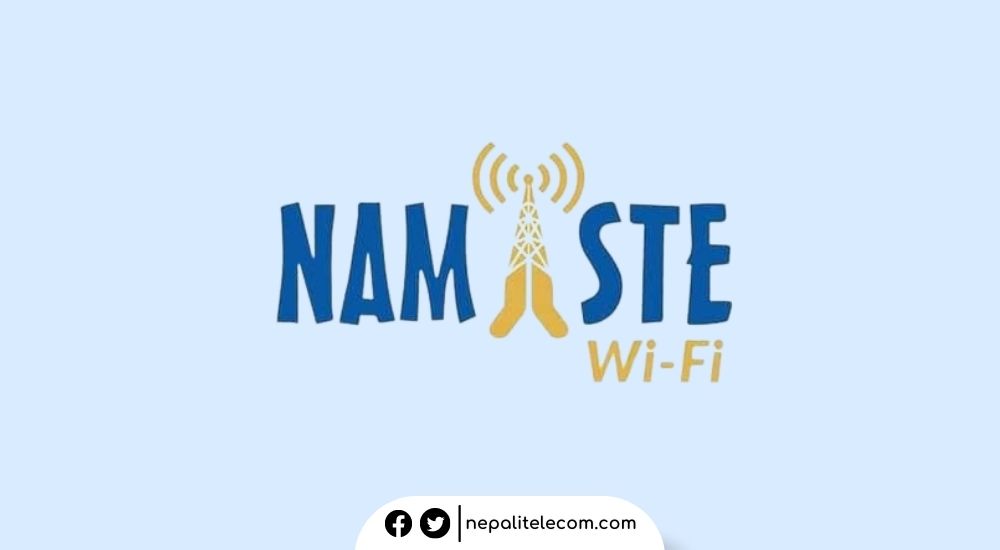
Ncell WiFi Free Plus Packages
Similarly, private telco Ncell Axiata provides a cellular 4G SIM-based WiFi solution. The service uses a Ncell SIM which goes into a router and connects to the telco’s 4G network. The result is high-speed connectivity for users who can connect its hotspot to multiple devices. This year, Ncell revised its 4G router and Wirefree internet packages which you can find here => https://www.nepalitelecom.com/ncell-wirefree-plus-wifi-internet.
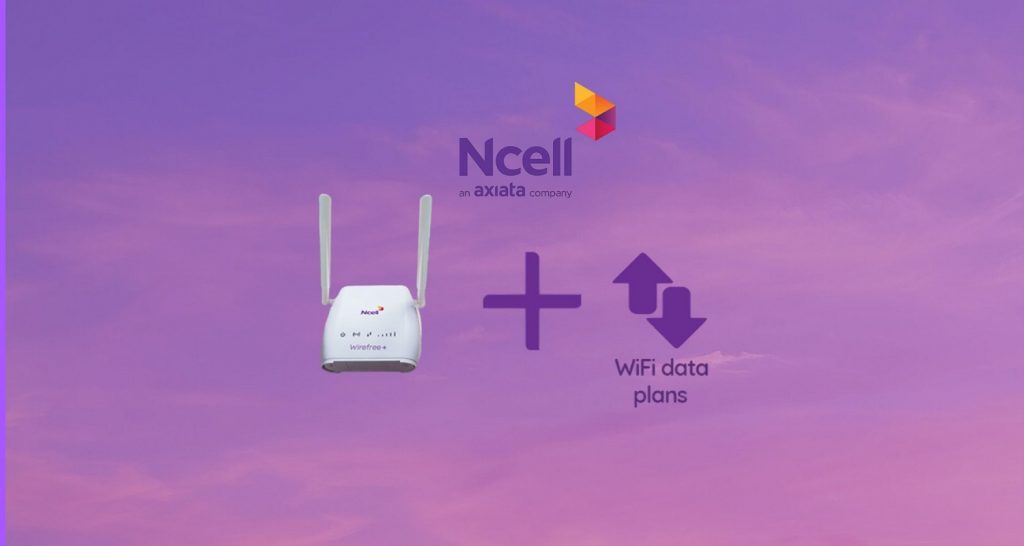
With the above 4 G-based services, we are pretty sure that the year 2080 will be the year of 4G Mobile broadband in Nepal.
Fiber internet arrives in Jumla
In another crucial telecom feat in 2079, the event of WorldLink launching its high-speed FTTH fiber internet in Jumla remains a key milestone. The far-flung area of Kalikot in the Jumla district got advanced fiber-based internet service for the first time. The private ISP says that it will continue expanding its broadband service to more remote areas next year. It also claimed that the customers in Jumla will receive the same high-quality service as those in Kathmandu.
Similarly, the ISP also started its FTTH internet in Manaslu Circuit. WorldLink and other telecom service providers have continued expanding the service to more remote areas of the country in 2079 which has promoted digital inclusion at a fast-paced rate.
WorldLink to double its WiFi hotspots
Nepal’s largest ISP WorldLink will double the number of its free WiFi hotspots by 2024. The company has established free WiFi connections at places that attract crowds such as cinemas, hotels, junctions, and stadiums. At the moment, the company is operating over 14000 WiFi hotspots which will double to 30,000 by the end of 2024. Another service Metro WiFi which will provide high-speed internet through a network of routers along the roads is also undergoing expansion in Kathmandu.

Vianet launches 2 Gbps internet
In another highlight of 2079 BS, private ISP Vianet Communications launched Nepal’s first-ever 2 Gbps internet package. The mega-high-speed internet package is based on XGS-PON Fiber Technology and can offer up to 10 Gbps download and upload speeds. For now, the package is available in a few select areas of Kathmandu but the company says the rollout will begin soon for more areas within the capital followed by other cities.
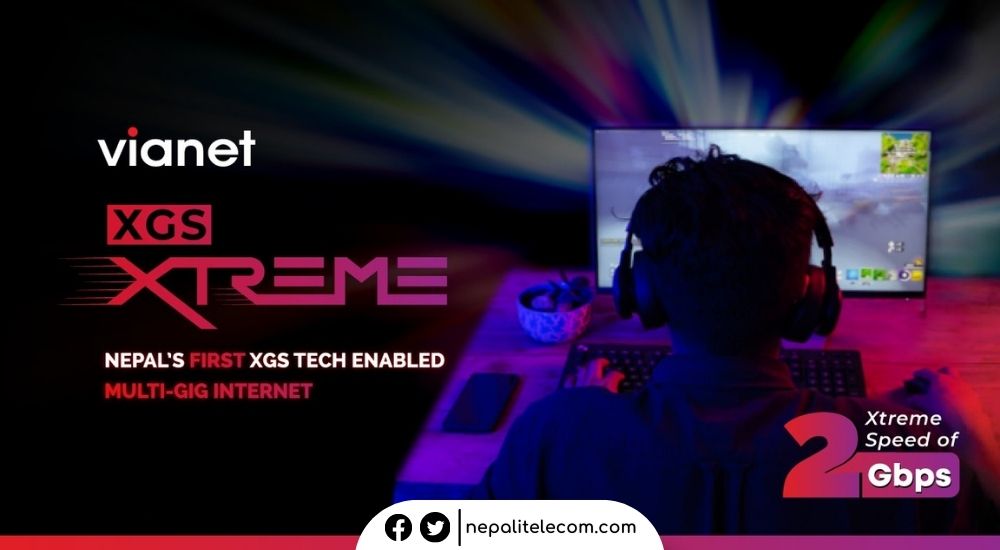
Apple iPhone 14 Pro Max Samsung Galaxy S23 Ultra launched in Nepal
The year also saw the launch of the premium iPhone 14 Pro Max and Samsung Galaxy S23 ultra smartphones launch. The two devices are the top-end phones of the respective companies and feature superlative specs. Despite being a price-sensitive market, both the lineups from the world’s two giant phone makers continue to dominate the market. Both these phones are now available in the market. If you are a Xiaomi Fan, then its flagship Xiaomi 13 Pro also got launched in Nepal.
Which do you think were the highlights in the telecom industry in Nepal in 2079? Do offer your pick in the comments below.


